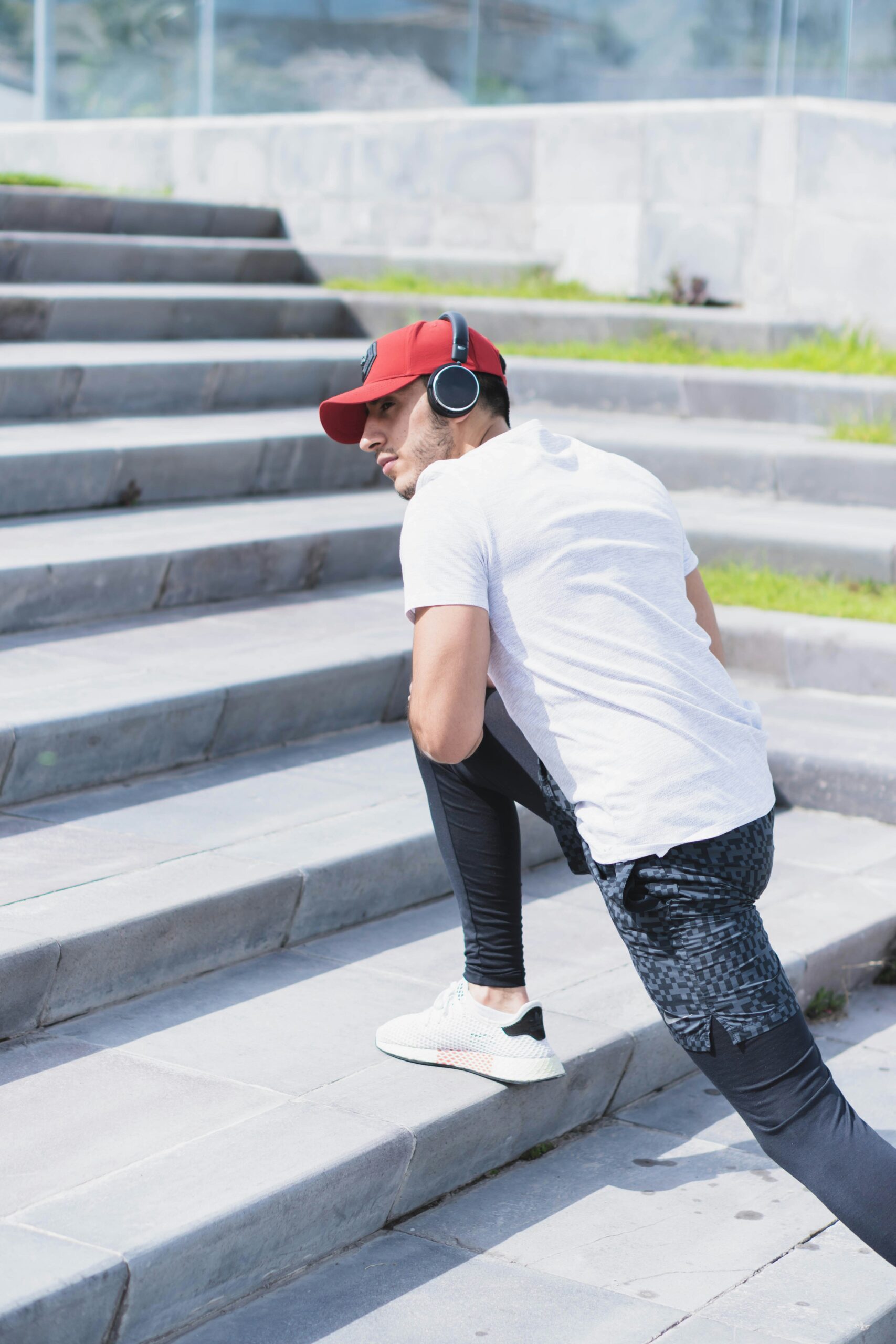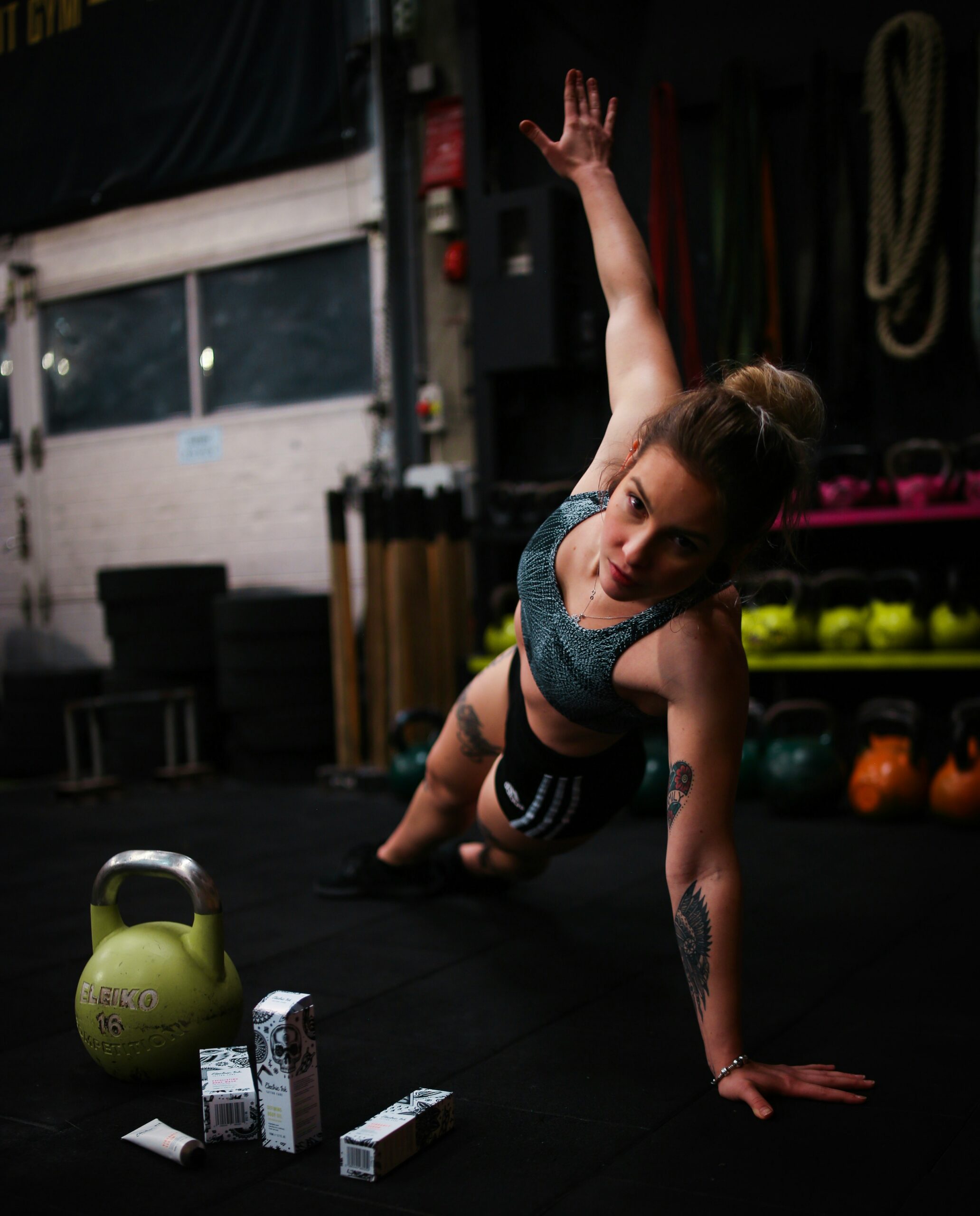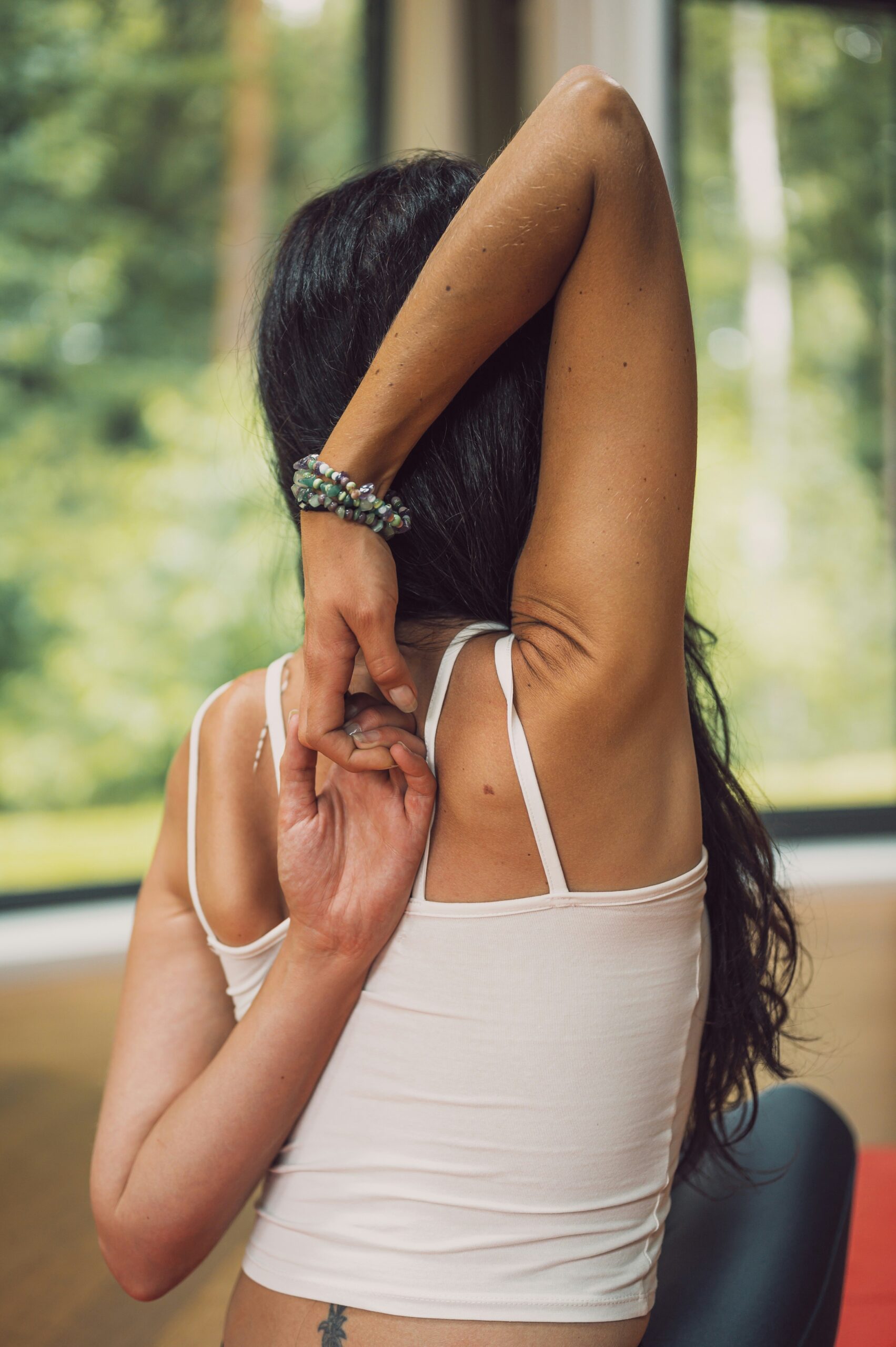Brain Gains: Neuroplasticity Through Movement
Think hitting the gym is just about building biceps or torching calories? Think again. Every squat, sprint, and stretch isn’t just sculpting your body—it’s rewiring your brain. Welcome to the world of neuroplasticity through movement, where your workouts aren’t just physical—they’re mental upgrades in disguise.
This isn’t sci-fi. It’s science-backed and seriously exciting. So if you’re ready to boost brainpower while breaking a sweat, let’s dive into how movement fuels neuroplasticity—and how to make your workouts smarter and sharper.
What Is Neuroplasticity?
Neuroplasticity is your brain’s ability to change, adapt, and grow. It’s how you learn new skills, form habits, recover from injury, and even rewire negative thought patterns. For decades, we thought the brain was fixed after childhood. Spoiler alert: it’s not.
Every time you move your body in a new way, solve a problem, or focus intensely, you’re activating and strengthening neural pathways—kind of like laying down fresh mental highways.
So, what does that have to do with your workout? A lot.
Why Movement Supercharges Your Brain
Exercise does more than release feel-good endorphins. It enhances brain function in powerful ways:
✅ Increases blood flow to the brain
More oxygen = more energy = better cognitive performance.
✅ Stimulates BDNF (Brain-Derived Neurotrophic Factor)
BDNF is like fertilizer for your neurons—it helps them grow, strengthen, and connect. Think: mental gains.
✅ Improves memory and focus
Physical activity enhances the hippocampus, a brain region essential for learning and recall.
✅ Boosts mood and reduces anxiety
Movement regulates neurotransmitters like dopamine and serotonin—essential for emotional balance.
✅ Encourages new neural connections
Complex, coordinated movements force your brain to create and reinforce new pathways.
How Different Types of Movement Boost Neuroplasticity
🏃♀️ Cardiovascular Exercise
Running, cycling, swimming—these increase heart rate and oxygen delivery, which directly fuels cognitive function and neurogenesis (the creation of new brain cells).
Brain bonus: Improves attention, processing speed, and overall executive function.
🧘 Mind-Body Movement
Yoga, tai chi, and Pilates challenge balance, coordination, and breath control. They increase interoceptive awareness (your sense of internal body states), enhancing the mind-body connection.
Brain bonus: Reduces stress, strengthens emotional regulation, and boosts mindfulness.
🧠 Skill-Based or Novel Movements
Dance, martial arts, parkour, or learning new lifts force your brain to adapt quickly to unfamiliar patterns.
Brain bonus: Promotes faster learning, adaptability, and creative thinking.
🏋️ Resistance Training
Lifting weights strengthens more than muscle—it improves brain plasticity and boosts neuroprotective chemicals like IGF-1 (insulin-like growth factor).
Brain bonus: Enhances working memory, spatial awareness, and brain resilience with age.
The Science of Movement-Driven Brain Growth
Let’s geek out for a sec. Movement stimulates:
- BDNF, which enhances learning and memory
- Dopamine, which drives motivation and reward
- Serotonin, which helps regulate mood and calm the nervous system
- Endocannabinoids, which reduce anxiety and promote well-being
It also triggers the growth of new capillaries and synapses, especially in the prefrontal cortex and hippocampus. That means sharper thinking, better decision-making, and improved recall.
How to Design Neuroplastic Workouts
You don’t need to juggle while riding a unicycle (unless you want to). Here’s how to make your movement brain-friendly:
🔄 Mix It Up
- Change your workout modality weekly
- Learn new skills regularly (jump rope, handstands, Olympic lifts)
- Take a different path on your walk or run
Novelty = more brain gains.
🤸 Incorporate Coordination
- Add balance drills or single-leg movements
- Try dance-based fitness, agility ladders, or reaction-based games
- Play sports that require hand-eye or foot-eye coordination
Multitasking movements force your brain to work harder.
⏱️ Focus on Timing and Rhythm
- Practice tempo lifts
- Use music to train rhythm and flow
- Count reps or cadence mentally to boost pattern recognition
Rhythmic repetition enhances neural timing and timing accuracy.
🧘♂️ Build in Mindfulness
- Focus on breath during movement
- Try mindful walking or body scan meditations post-workout
- Use visualization in warm-ups or cool-downs
Mindful movement activates areas tied to self-awareness and emotional control.
Sample Brain-Boosting Workout
Warm-Up (5 mins)
- Jump rope (focus on rhythm)
- Dynamic stretches with breath (arm circles, lunges with reach)
Circuit (Repeat 3x)
- 30 sec: Bear crawls (coordination)
- 10 reps: Single-leg RDLs (balance + control)
- 8 reps: Dumbbell complex (squat → press → lunge)
- 1 min: Agility ladder or footwork drills
- 30 sec: Box step-ups while naming items from a category (dual-tasking)
Cool-Down (5 mins)
- Box breathing
- Visualization: Rehearse your next workout or performance in your mind
The Bigger Picture: Movement as Mental Medicine
Movement isn’t just “body stuff.” It’s cognitive, emotional, and neurological. When you train your body with awareness and intention, you’re not just getting stronger—you’re literally reprogramming your brain to be more focused, adaptable, and resilient.
And the best part? It’s never too late to start. Neuroplasticity is possible at any age. Your brain wants to grow—your movement is the spark.
Wrapping It Up
Want better memory, sharper focus, more creativity, and a mood that doesn’t swing like a pendulum? Move your body.
Whether it’s lifting, dancing, stretching, or sprinting—your brain thrives when your body moves in dynamic, thoughtful ways. The next time you lace up your sneakers, don’t just train for the mirror. Train for your mind.
Because every rep, step, and stretch is a chance to build your body—and rewire your brain. 🧠💥🏃♂️





